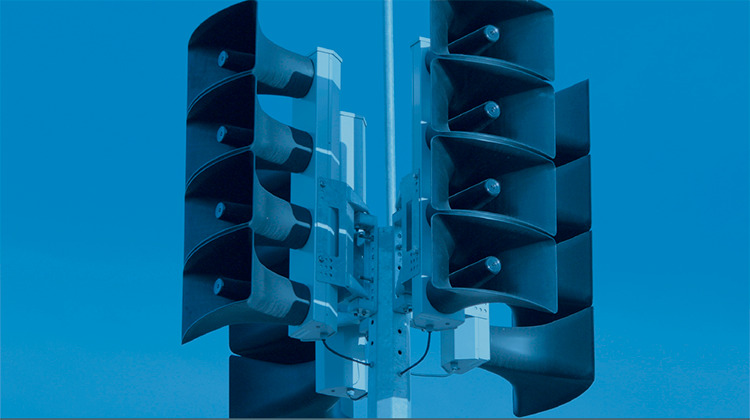Forty chemical risk alarms go off in emergency drill in Greater Barcelona
Phones received notifications in parts of Catalan capital and neighboring cities on Wednesday morning

Chemical risk alarms in parts of Barcelona and neighboring towns and cities were tested on Wednesday morning at 11 am.
Cellphones in 16 municipalities, including parts of Barcelona, received an emergency push notification, while 40 chemical risk alarms went off simultaneously. These alarms would be used to warn residents when a real chemical hazard occurs.
Catalonia's Civil Protection agency confirmed just after noon that all 40 sirens had sounded correctly, covering an area where more than 430,000 people live.
Phones and alarms were tested in Barcelona's Zona Franca and Port area, Hospitalet de Llobregat, Castellbisbal, Terrassa, Abrera, Cornellà de Llobregat, El Prat de Llobregat, Esparreguera, Martorell, Olesa de Montserrat, Sant Andreu de la Barca, Sant Boi de Llobregat, Sant Feliu de Llobregat, Sant Joan Despí, Santa Coloma de Cervelló and Viladecans.
As part of the drill, 54 schools with 23,000 students, teachers and administrative staff took part, remaining indoors as would be required in a real emergency.
This is the last chemical risk alarm drill this year in Catalonia, following one in Tarragona on September 20, and another one in Aran, Bages and Valles Oriental counties on October 18.
What to do during a real alert?
During a real alert, after the alarms go off or messages are sent, it is important to take immediate shelter in the closest building. Authorities urge the public not to remain on the streets.
It is imperative to switch off the AC to prevent outside air from entering the building and to stay indoors at all cost, checking for news updates online using the @emergenciescat profile on social media or local media outlets.
How does the alarm sound?
To mark the beginning of the drill, three one-minute alarms were sounded, each sent five seconds apart.
The end of the drill was marked by a 30-second alarm without pauses.
Authorities are also asking residents to fill out a survey after the test to report on whether the messages were received correctly and if the alarms were audible.